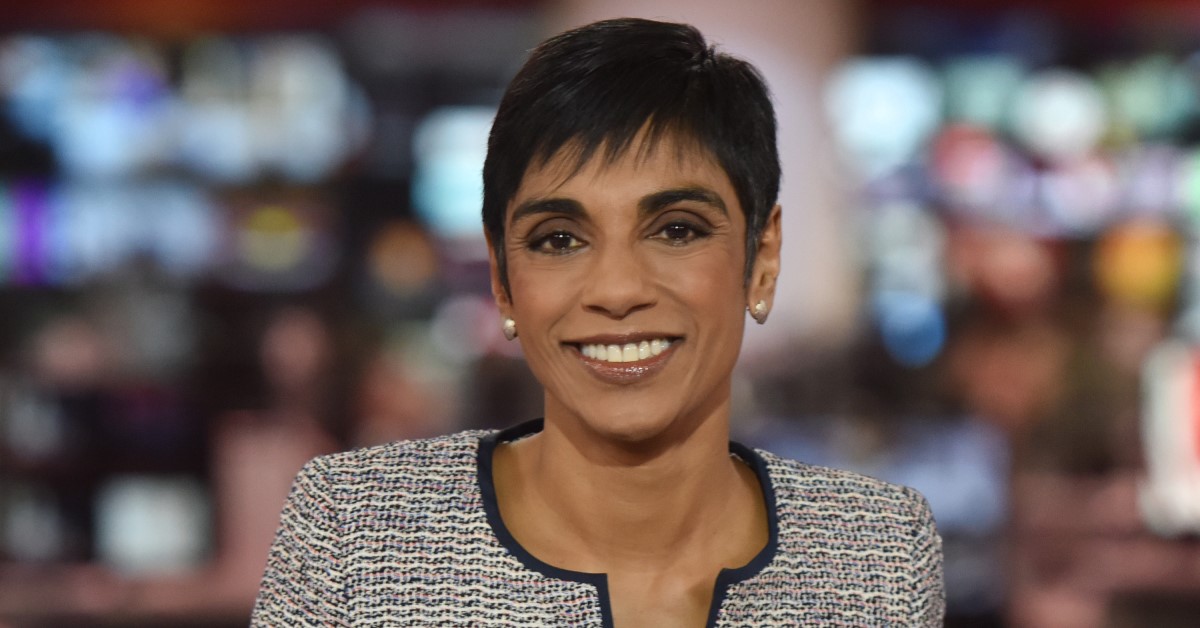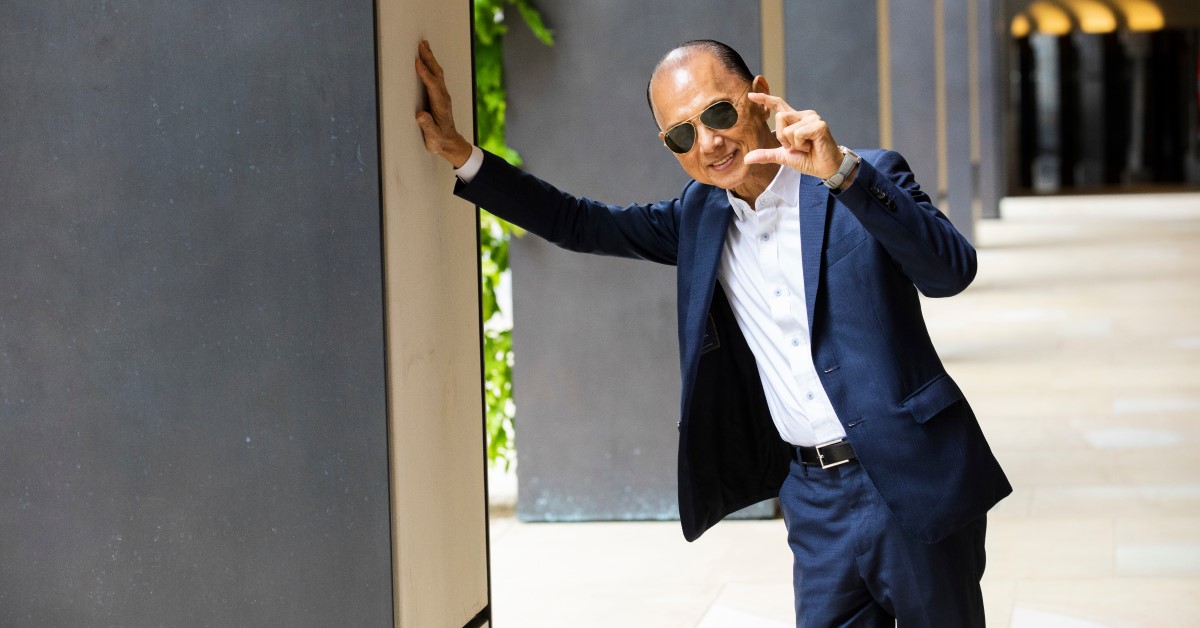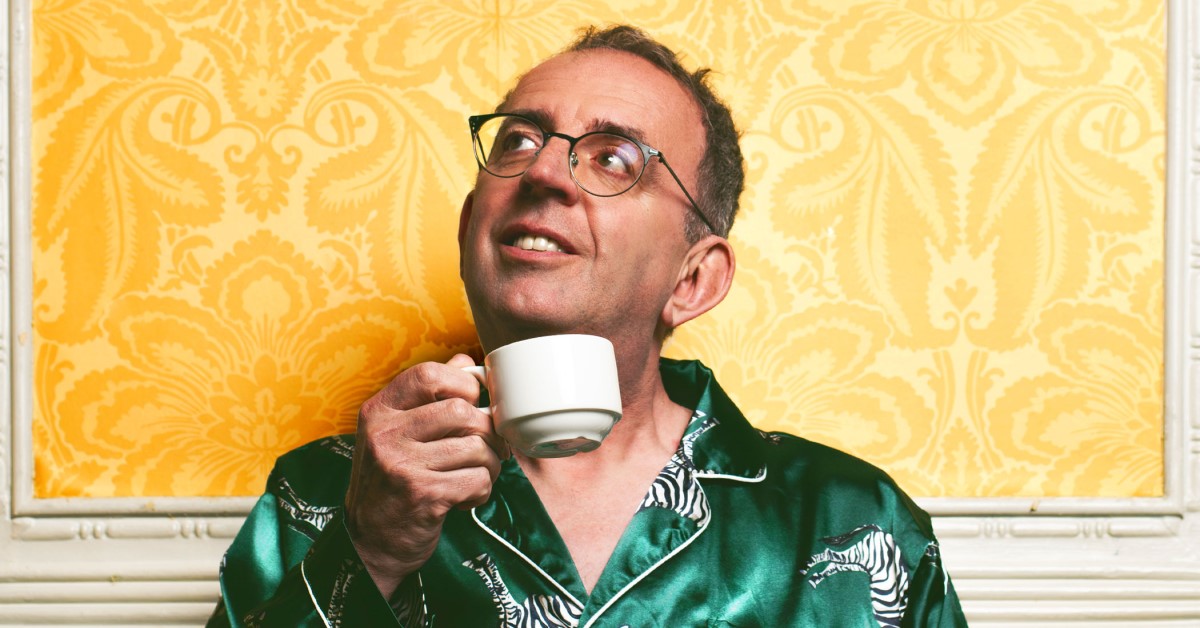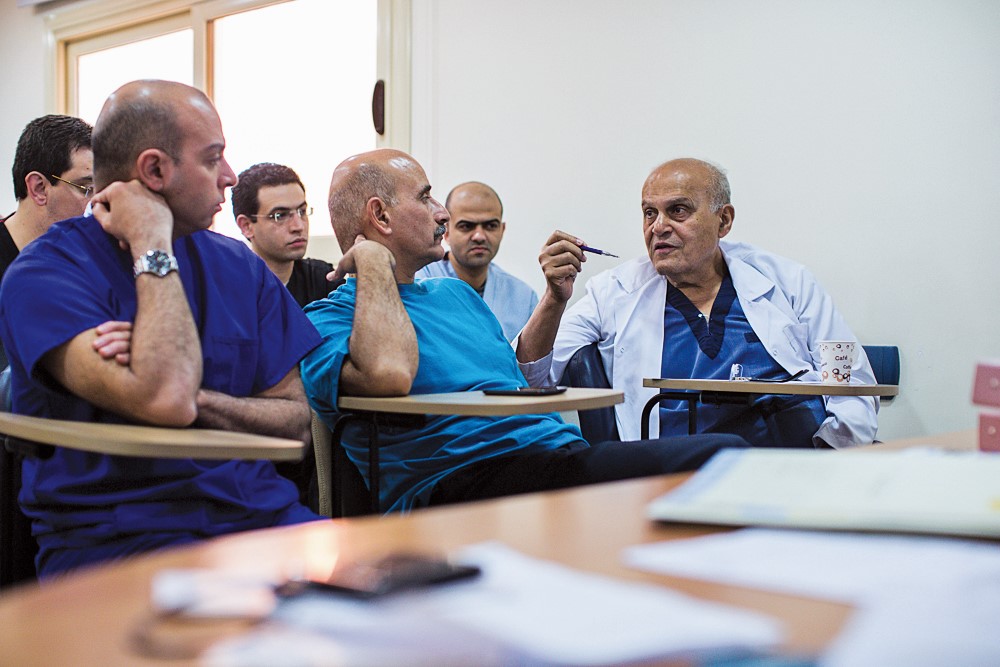Claridge's Artist in Residence David Downton settles down in the uber-glamorous Fumoir Bar to tell Sophia Charalambous of his role as artistic observer of the stars
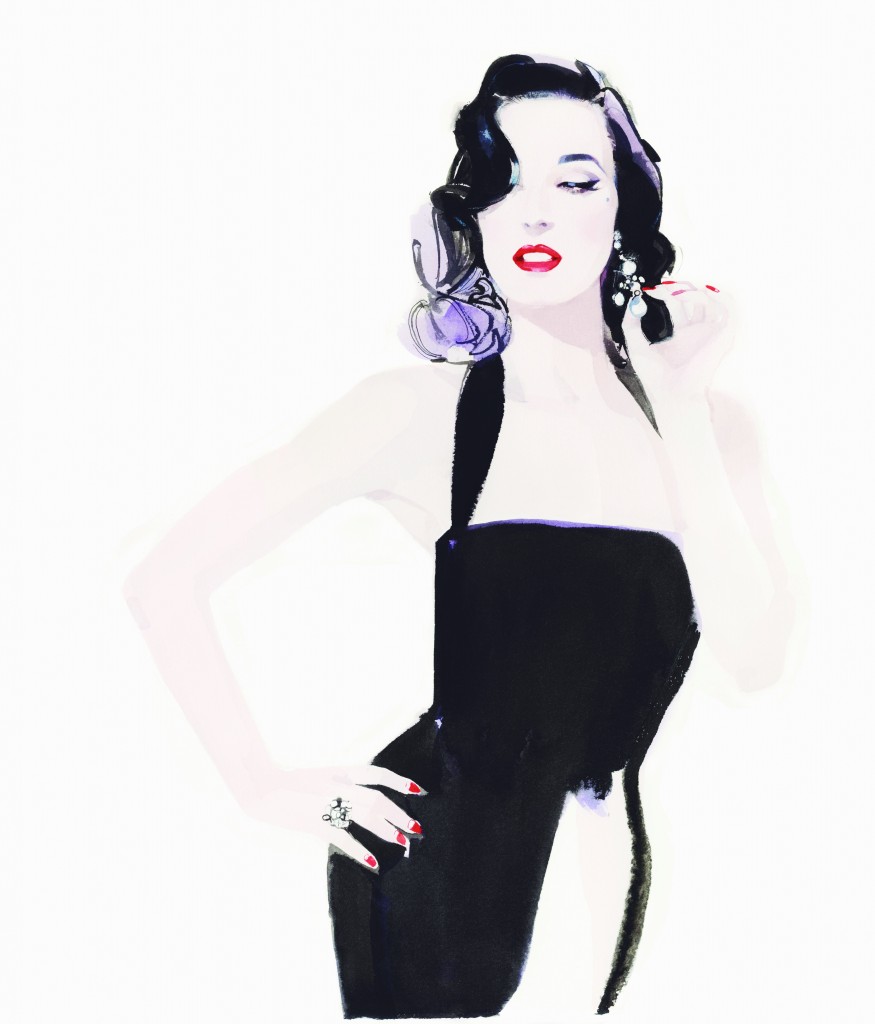
David Downton is meandering through Claridge's, observing some of the many sculptures, paintings and flowers that line the lobby. “There's not a day that goes by when I don't remember how lucky I am,” he says as we sit down to discuss his illustrious career in fashion illustration. The suavely dressed Artist in Resident at Claridge's has made his name as a sartorial observer, who, impressively, has covered 42 seasons, that's 21 years, of couture fashion shows – to be released in a book this autumn. He tells Vibrant London about his experiences.
Do you remember the first fashion show you ever worked on?
I was 36 years old before I saw a fashion show. An art director at the Financial Times said ‘Do you want to go to couture?', and I was whisked off to Paris on their money. I'd never been anywhere on someone else's money. It was like going into Narnia. The first job was drawing fittings of Valentino at the Ritz. The smell of lilies, the tinkle of the chandelier, the clink of the glass – it was another world. Then I went to Versace and there was Kate Moss, Linda Evangelista and Naomi Campbell, and I fell in love with the world. Who wouldn't?
What is it like drawing illustrations?
My life is the wrong way round – I work very hard to make it look like I'm doing very little. Some illustrations come easier tha others, so I become very fond of them because I remember the joy of it. There's a struggle, to be honest, and I don't want people to see it. The great thing is you can't be too good at it; it's a lifelong learning. Picasso was doing it in his 90s and so was Rene Gruau, the greatest fashion illustrator.
Where is the most fashionable area of Mayfair?
Mount Street has changed so much since I've been here. From the water fountain, past the Connaught and down that street, that's the most extraordinary richness of British designers. It's really the golden mile. I didn't know Mayfair very well before Claridge's, I went to the Curzon cinema sometimes, but it wasn't central to my London. Now it is. I never really leave it. What I love is that little sidelong glance looking up and seeing something that surprises you.
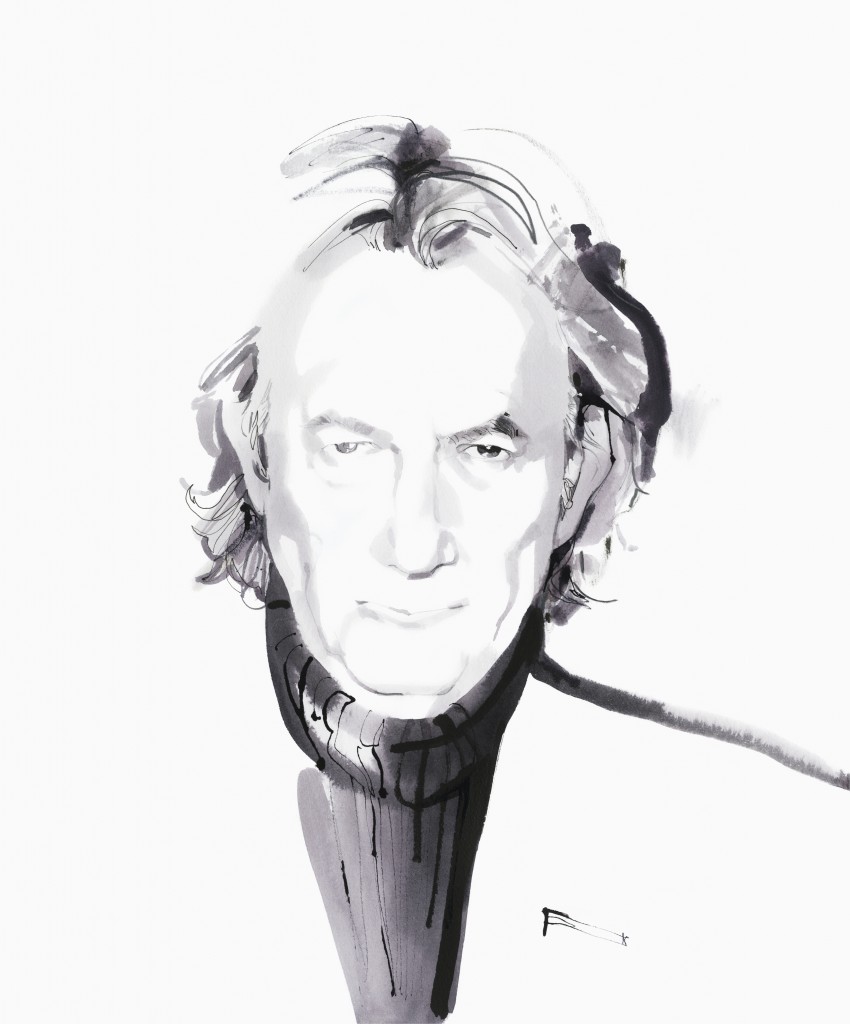
What is it like to live in Claridge's?
It is one of my greatest privileges that I get to wake up in Mayfair and see the beginning of the day unravelling here. People say they envy me: I envy me. I get it, and I'm glad I get it because there's nothing worse than not knowing when things are good – because they're not always good. Into each life some rain falls.
Is there a person you'd love to draw, both now and from the past?
Not one, lots. I want to draw Tilda Swinton and I'm going to make that happen – it's my ambition. From the past: Ava Gardner, Josephine Baker, Edith Sitwell and characters like Greta Garbo.
Do you think women are more interesting to the viewer then men?
Not anymore. For Claridge's, I've drawn as many men as women. Yes, I have drawn some of the world's most beautiful women and I'm lucky, but beauty is fascinating because really it's about personality, intelligence, style, and individuality. Pretty doesn't work in a drawing. It works in a photograph, but you need much more character in a drawing. I don't know what beauty is but you certainly know when you see it. I think men, equally, are interesting and magnetic for different reasons. I find them easier to draw, which has been a revelation for me.
What has been the main change in the way we view celebrities nowadays?
I think there has been a seismic shift in how we view people. It used to be inspiring but not aspirational. I don't think people in the depression thought they could be Fred Astaire or Ginger Rogers. Now we look down on the stars. We want them to trip and fail. I find it interesting and corrosive. I want to see fantasy; we don't need to idolise but to be inspired.
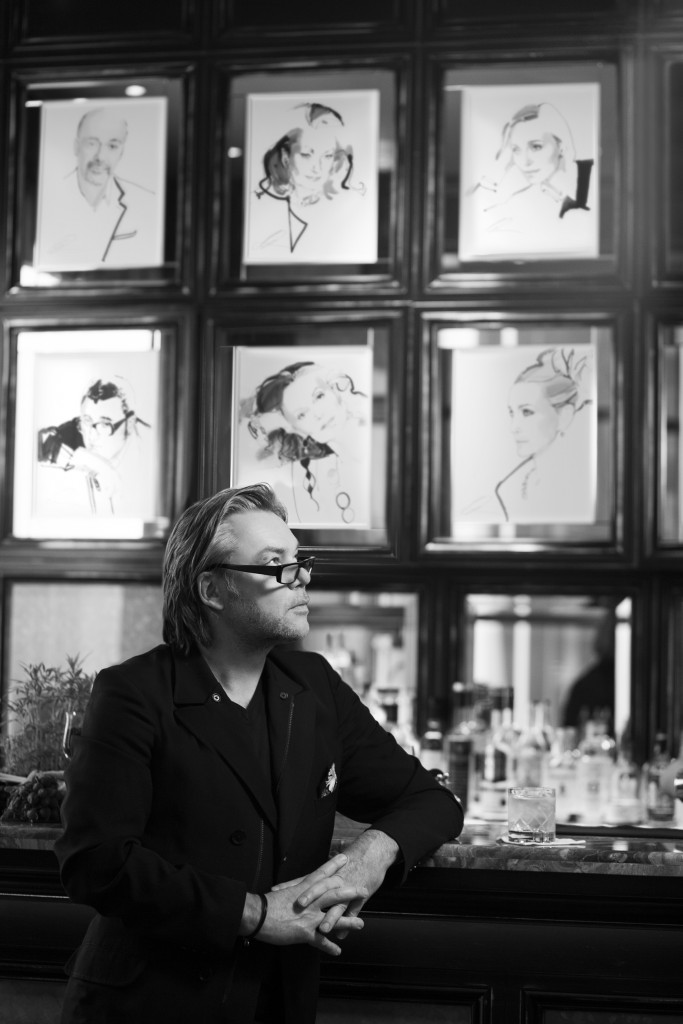
Who are today's equivalents of 1950s film heroines?
Cate Blanchett; I once drew her for the cover of Vogue. I think she's a gold standard actress, a great beauty and she understands style. Tilda Swinton is extraordinary and Gwendoline Christie is incredible.
Will there always be a place for fashion illustration?
Definitely. It's a pendulum. The first real golden age was the turn of the 20th century. Through the 30s and 40s, illustration was a central part of Vogue. Those artists were stars. The 1960s saw the rise of superstar photographers, like David Bailey, and people deciding drawing didn't give you enough information, but illustration never disappeared. When I began, it wasn't in a particuarly good place, but now I think it's wonderful that so many people are doing it. I don't think they're all wonderful by any means, but some are genuinely talented, so it's all positive.
How would you describe what you do?
You describe my role as Artist in Residence but I think it's like being offstage and seeing a conjuring trick. I can see what they do and see how they do it but it's still sort of magic.


